In today’s logistics industry, efficiency is key. That’s where 3PL Warehouse Management Systems (WMS) come in—these advanced software solutions help third-party logistics (3PL) providers run their warehouses smoothly. Defined as sophisticated software solutions, these systems are designed to optimize warehouse storage, management, and inventory movement within warehouses. By automating key processes, 3PL management software enhances accuracy, reduces costs, and ensures timely delivery, all crucial for maintaining competitive advantage in the logistics industry.
The importance of 3PL WMS cannot be overstated. As supply chains become increasingly complex, these systems provide the agility and precision necessary to meet evolving customer demands. This article explores the definition, purpose, and critical role of 3PL Warehouse Management Systems, offering insights into how they revolutionize the logistics sector and drive growth for businesses worldwide.
Key Features of 3PL Management Software
3PL management software comprises features that streamline logistics operations and enhance warehouse efficiency. Here are the key features that make these systems indispensable:
1. Inventory Management: Efficient inventory management is crucial for any warehouse. 3PL management software helps track stock levels, manage replenishments, and ensure that inventory is always accounted for.
2. Order Fulfillment: This feature automates the picking, packing, and shipping processes. It ensures that orders are fulfilled quickly and accurately, reducing errors and improving customer satisfaction.
3. Real-Time Tracking: Real-time tracking allows logistics providers to monitor the status of shipments at every stage. This visibility ensures timely deliveries and helps manage any potential delays proactively.
4. Analytics and Reporting: Advanced analytics and reporting features provide valuable insights into warehouse operations. Companies can identify trends, optimize processes, and make informed decisions by analyzing this data.
5. Integration Capabilities: Integration with other systems, such as ERP and e-commerce platforms, ensures smooth data flow and seamless operations. This connectivity helps maintain accurate records and efficient workflows.
Intoglo offers comprehensive 3PL warehousing services across the USA, ensuring your goods are stored, managed, and distributed efficiently. With advanced inventory management, real-time tracking, and seamless integration capabilities, Intoglo guarantees reliable and scalable solutions tailored to your business needs.
Benefits of Using 3PL Warehouse Management Systems
Using a 3PL warehouse management system brings numerous benefits that enhance overall logistics performance. Here are some of the key advantages:
1. Operational Efficiency These systems streamline processes, reduce manual tasks, and improve workflow, leading to greater operational efficiency and productivity.
2. Cost Reduction: By automating various tasks and optimizing resource use, 3PL WMS helps significantly reduce operational costs and minimize waste.
3. Scalability 3PL management software solutions are designed to grow with your business. They can handle increasing volumes and complexity, making it easy to scale operations as needed.
4. Improved Accuracy Automation and real-time data updates reduce errors in inventory management, order processing, and shipping, leading to more accurate and reliable operations.
5. Better Customer Service With faster order fulfillment, real-time tracking, and improved accuracy, customer service levels soar, leading to higher customer satisfaction and loyalty.
How 3PL Management Software Enhances Logistics Operation and Supply Chain Visibility
3PL management software is a game-changer for logistics, providing real-time insights and transparency throughout the process. Here’s how it enhances supply chain visibility:
- Real-Time Data Access: With 3PL management software, all stakeholders have access to real-time data on inventory levels, order statuses, and shipment locations. This immediate access to information enables faster decision-making and more flexible supply chain management.
- Centralized Information Hub: The software acts as a centralized hub where all warehousing, transportation, and inventory data is collected and stored. This centralization eliminates data silos, ensuring that all departments have a unified view of operations.
- Enhanced Tracking Capabilities: Advanced tracking features enable continuous monitoring of shipments from the warehouse to the end customer. This end-to-end visibility helps identify bottlenecks and delays, allowing for proactive management and resolution.
- Predictive Analytics: 3PL management software often includes predictive analytics capabilities that help anticipate potential disruptions and demand fluctuations. The software can forecast inventory needs and optimize stock levels by analyzing historical data and current trends.
- Improved Communication and Collaboration: Increased visibility promotes greater interaction and collaboration among all supply chain stakeholders. Suppliers, logistics providers, and customers can all stay informed and aligned, leading to smoother operations and stronger partnerships.
By leveraging these capabilities, 3PL management software significantly boosts supply chain visibility, resulting in more efficient operations, good customer service, and a competitive edge in the logistics industry.
Challenges in Deploying 3PL Warehouse Management Systems
Deploying a 3PL Warehouse Management System (WMS) can transform logistics operations, but it has challenges. Here are some common hurdles that organizations may face during implementation:
Integration with Existing Systems
One of the biggest challenges is integrating the new WMS with existing ERP, e-commerce platforms, and other legacy systems. Ensuring seamless data flow between different systems requires meticulous planning and technical expertise.
High Initial Costs
The upfront costs of purchasing and implementing a WMS can be substantial. These costs include software licenses, hardware, and potential upgrades to existing infrastructure. Additionally, training staff to use the new system is associated with costs.
Resistance to Change
Employees accustomed to manual processes or older systems may resist transitioning to a new WMS. Overcoming this resistance requires effective change management strategies, including clear communication about the new system’s benefits and comprehensive training programs.
Customization and Scalability
While many WMS solutions include considerable customisation options, adapting the system to specific business requirements can be difficult. Ensuring that the system can scale with the business as it grows is also essential, but it may require additional investment in customization and upgrades.
Ensuring Compliance
3PL providers must ensure the new WMS complies with industry regulations and standards. This includes data security, privacy regulations, and other legal requirements that may vary by region and industry.
Experience seamless scalability with Intoglo’s warehousing solutions in the USA. Contact us today to support your expansion every step of the way. Intoglo has its own CFS space at all Major Ports and ICDs and 50+ warehouses in the USA with transloading facilities and repacking & relabeling.
Considerations for Implementing 3PL Management Software
Implementing 3PL management software requires essential factors to enable a smooth transition and maximize the system’s benefits. Here are crucial variables to consider:
1. Choosing the Right Software: Evaluate various options based on features, scalability, user-friendliness, and industry-specific needs. Consider the software’s ability to handle your business’s current demands and future growth. It’s essential to involve key stakeholders in decision-making to ensure the chosen strategy aligns with the company’s objectives and operational requirements.
2. Integration with Current Systems: Integration with your current systems, such as ERP, CRM, and e-commerce platforms, is vital for efficient operations. Ensure the 3PL management software can easily interface with these systems to provide a unified view of data and processes. This integration minimizes disruptions and maximizes the efficiency of data flow across different departments, enhancing overall productivity.
3. Employee Training and Support: Develop a detailed training plan covering all new software aspects, from basic functionalities to advanced features. Ongoing support is equally important to address any issues or questions post-implementation. Proper training ensures that employees are confident and proficient in using the new system, leading to smoother operations and better outcomes.
4. Cost Implications: When implementing 3PL management software, consider the total cost of ownership. This includes the initial purchase and licensing fees and costs for customization, integration, training, and ongoing maintenance. Conduct a cost-benefit analysis to determine the software’s long-term usefulness to your organization. Budgeting for potential unexpected expenses during the implementation phase can help avoid financial strain and ensure a successful deployment.
By carefully considering these factors, businesses can implement 3PL management software effectively, ensuring it meets their operational needs and supports their growth objectives.
Future Trends in 3PL Warehouse Management Systems
The landscape of 3PL Warehouse Management Systems (WMS) is growing quickly, driven by technological advancements and the need for greater efficiency and accuracy. Here are some key trends shaping the future of 3PL WMS:
AI and Machine Learning
Artificial Intelligence (AI) and Machine Learning (ML) are set to change 3PL WMS by enhancing decision-making and predictive capabilities. AI can analyze vast data to optimize inventory levels, forecast demand, and streamline order fulfilment processes. Machine learning algorithms can identify patterns and trends, enabling more accurate predictions and proactive problem-solving. This results in reduced operational costs, improved accuracy, and greater efficiency.
IoT Integration
The Internet of Things (IoT) is changing warehouses’ operations by offering real-time visibility into all aspects of warehouse management. IoT-enabled devices like smart sensors and RFID tags can track inventory levels, monitor environmental conditions, and ensure asset security. This integration provides real-time tracking and monitoring, reducing the risk of stockouts, spoilage, and loss. IoT enhances the ability to manage warehouse operations remotely and make data-driven decisions quickly.
Blockchain for Enhanced Security
Blockchain technology provides a safe and transparent way to handle transactions and data within the supply chain. In 3PL WMS, blockchain can enhance security by offering a changeless record of all transactions and movements of goods. This promises data integrity and reduces the risk of fraud and errors. Blockchain can also streamline processes such as contract management and payment settlements by automating and securing these transactions, leading to faster and more reliable operations.
Automation and Robotics
Automation and robotics are increasingly integral to modern warehouses, driving efficiency and accuracy. Automated Guided Vehicles (AGVs), drones, and robotic arms can execute tasks such as packing, picking, and transporting goods with minimal human intervention. This reduces labour costs, minimizes errors, and increases the speed of operations. Advanced robotics can work alongside human workers to enhance productivity and ensure that repetitive tasks are handled swiftly and accurately.
The future of 3PL Warehouse Management Systems is bright, with these technologies paving the way for more efficient, secure, and responsive warehouse operations. Embracing these trends will enable 3PL providers to remain competitive and satisfy the growing needs of the logistics industry.
Conclusion
In summary, 3PL Warehouse Management Systems (WMS) are essential for modern logistics operations. They offer key features such as inventory management, order fulfillment, real-time tracking, analytics, and integration capabilities. These features drive operational efficiency, reduce costs, ensure scalability, improve accuracy, and enhance customer service.
Adopting 3PL management software is a strategic move for any logistics provider aiming to stay competitive in an increasingly complex industry. It streamlines operations, offers scalability, and ensures high accuracy and customer satisfaction.
Intoglo’s 3PL warehousing services across the USA highlight a range of benefits tailored to meet your logistics needs. With dedicated warehouses for long-term storage and customized solutions for faster turnaround times, Intoglo excels in cargo consolidation, palletization, and stuffing. Additionally, if you’re a business looking to build your brand in the USA, Intoglo’s warehouses are equipped to handle both B2B and B2C order fulfillment. Integrated with FedEx and USPS, Intoglo ensures seamless last-mile deliveries, providing a comprehensive and reliable logistics solution. They also specialize in Full Container Load (FCL) shipments from India to the USA, ensuring efficient and dependable shipping.Trust Intoglo to support your business growth with tailored, reliable, and scalable warehousing solutions.


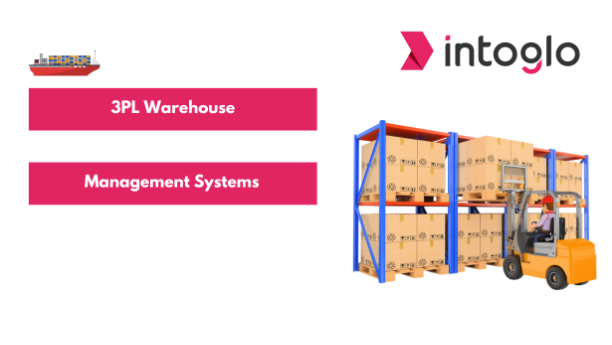
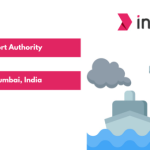
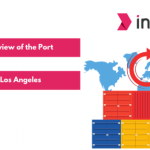
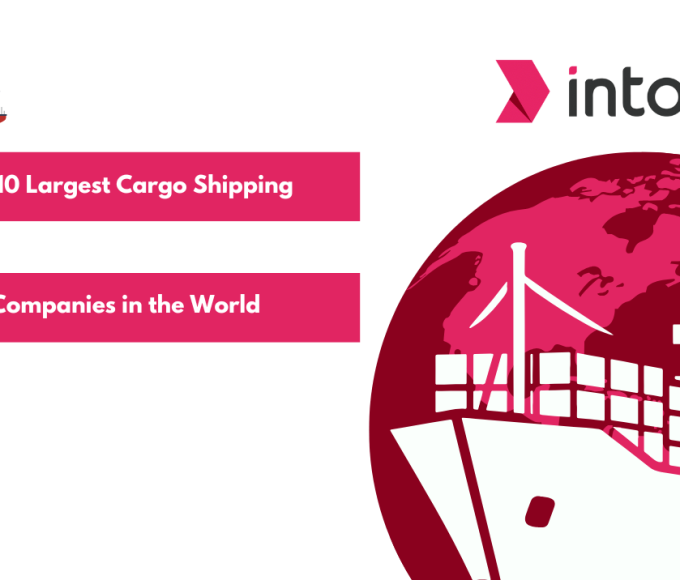

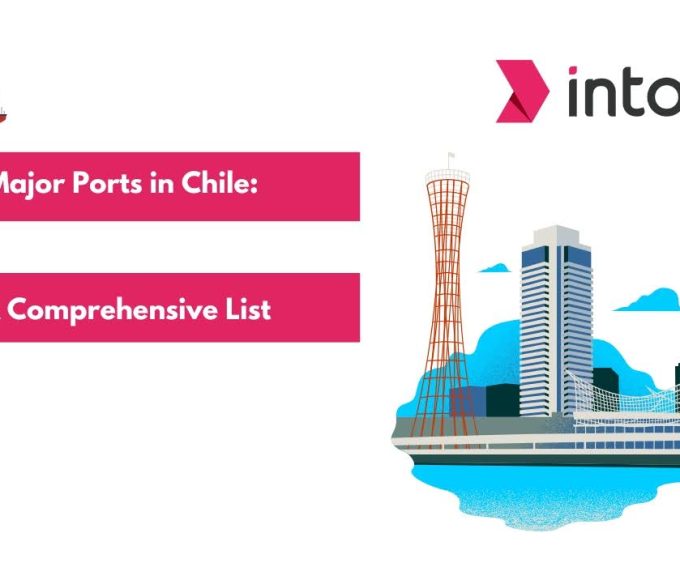
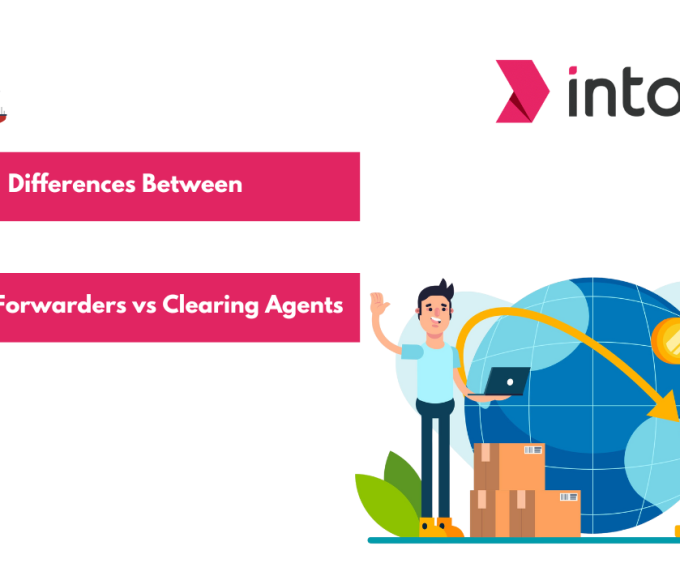
Leave a comment